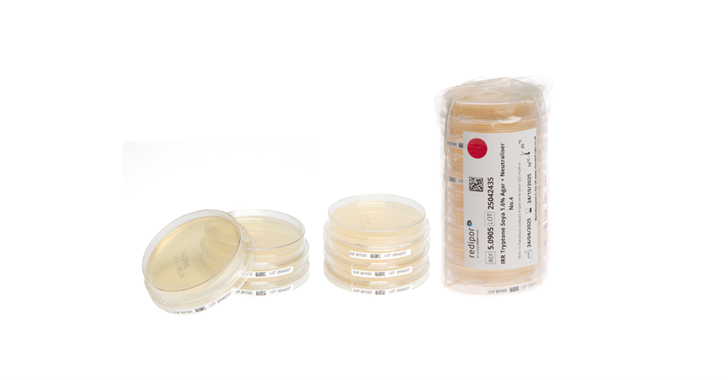Other common names
The various manufacturers of dehydrated culture media do refer to TSA by other names, these include Casein Soya Bean Digest Agar, Soybean Casein Digest Agar, CASO Agar and Tryptic Soy Agar.
Primary Use
Tryptone Soya Agar is a general-purpose medium for the growth of a wide variety of organisms, including both aerobes and anaerobes, the latter requiring anaerobic conditions.
Technical characteristics
The medium’s simple formulation consists of two types of peptone, sodium chloride and agar.
| Typical formulation: | g/ltr |
| Pancreatic digest of casein | 15.0 |
| Enzymatic digest of soya bean | 5.0 |
| Sodium chloride | 5.0 |
| Agar | 15.0 |
Fresh and Irradiated TSA pH 7.3 ±0.2
Applications
The main application for TSA is in environmental monitoring within pharmaceutical cleanrooms and sterile facilities. It is commonly gamma-irradiated for increased sterility assurance and can be supplemented with neutralisers for disinfectants or enzymes.
TSA is also typically used as a reference medium when testing other selective media.
Related reading:
- Monitoring the clean room
- Environmental monitoring: how to maintain a cleanroom
- Keep it clean: considerations for pharmaceutical cleanrooms
Appearance
The prepared media is pale straw to straw in colour with a slightly opaque appearance.
Organisms & morphology
Tryptone Soya Agar will support the growth of a wide range of aerobic and anaerobic bacteria if incubated under the right conditions.
A typical set of control organisms and the phenotypic identification associated with these are:
Related reading:
|
|
Morphology |
Gram |
Biochemical test |
||||
|
Organism |
Edge |
Shape |
Colour |
Gram |
Shape |
Catalase |
Oxidase |
|
Staphylococcus aureus |
Smooth |
Regular |
Yellow/ Cream |
Positive |
Cocci |
Positive |
Negative |
|
Staphylococcus epidermidis |
Smooth |
Regular |
Yellow/ Cream |
Positive |
Cocci |
Positive |
Negative |
|
Escherichia coli |
Smooth |
Regular |
Cream |
Negative |
Rods |
Positive |
Negative |
|
Bacillus subtilis |
Irregular |
Irregular |
Cream |
Positive |
Rods |
Positive |
Variable |
|
Pseudomonas aeruginosa |
Smooth |
Regular |
Cream |
Negative |
Rods |
Positive |
Positive |
|
Morphology |
|||
|
Fungal |
Edge |
Shape |
Colour |
|
Candida albicans |
Smooth |
Regular |
Cream |
|
Aspergillus brasiliensis |
Irregular |
Irregular |
White to black |
Typical incubation parameters
As TSA is a general-purpose medium, it can be incubated at differing temperatures depending on the target organisms. In environmental monitoring applications, it is common for plates to be incubated at 30-35°C for bacterial colonies and 20-25°C for mould and fungi.
|
EP Chapter Ref 2.6.12 Microbial examination of non-sterile products: Microbial enumeration tests |
|||
|
Recommended Culture Media |
Property |
Micro-organisms |
Incubation Time & Temp |
| Casein Soyabean Digest Agar |
Growth promotion |
Bacillus subtilis |
30-35ºC for < 3 days |
|
Growth promotion |
Candida albicans |
30-35ºC for < 5 days |
|
Download PDF version
Regulatory references
TSA is a Harmonised Pharmacopoeia medium and as such is mentioned in the BP/EP/JP, as well as the US Pharmacopoeia.
Related reading:
More information on our products
Does Plate Choice Change Sampling Accuracy?
Comparative Analysis of Petri Dish Variation in Flow Rate for Air Sampling. This extended report aims to further investigate the variations in flow rate observed in petri dishes used for air sampling, focusing on the potential factors contributing to these fluctuations.






